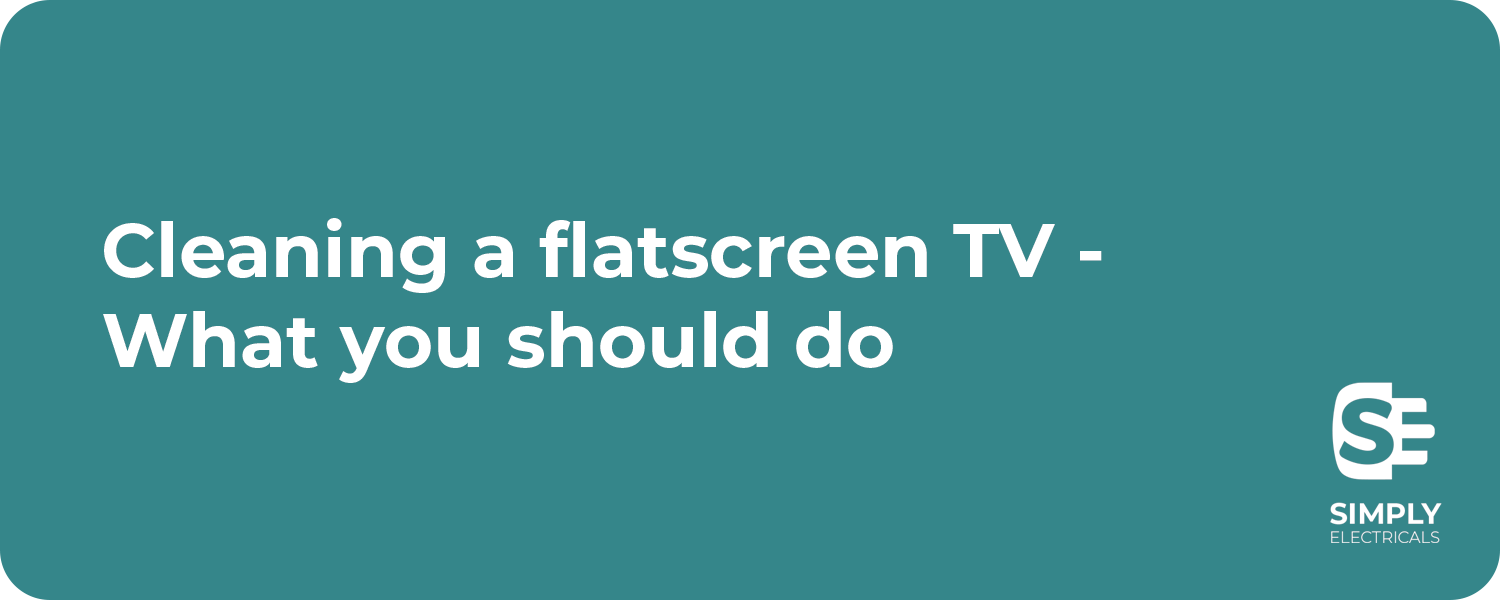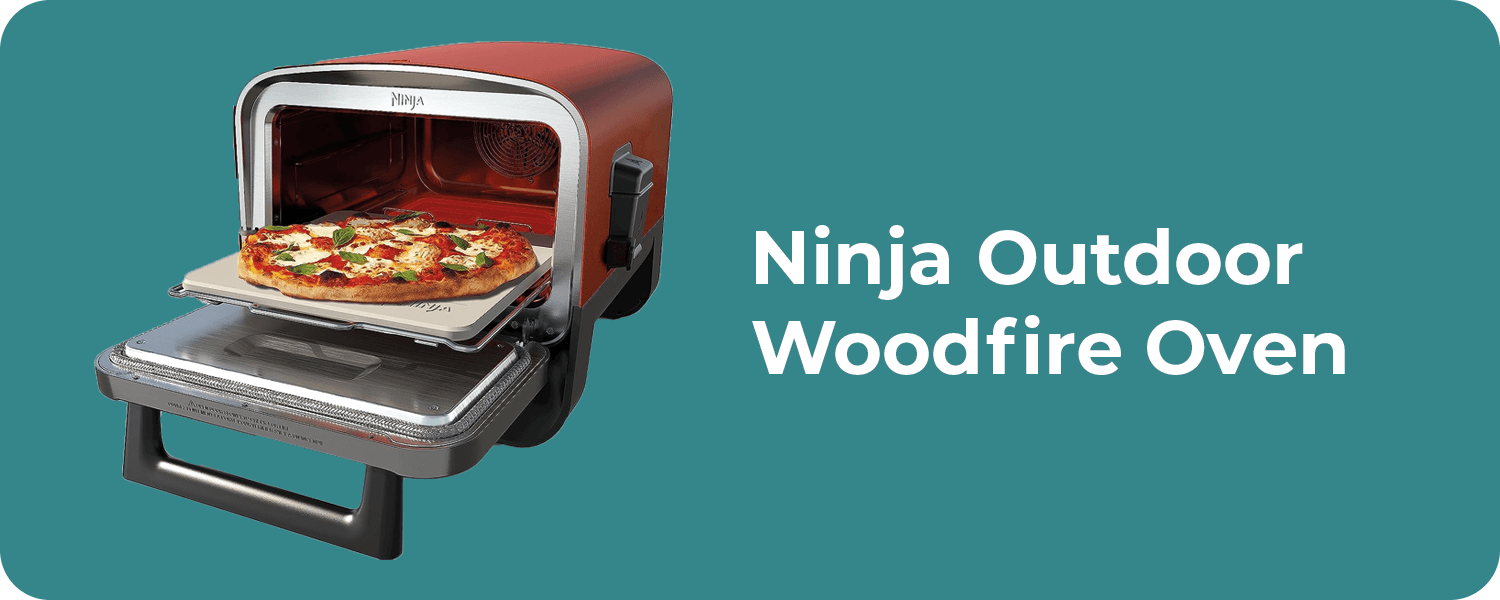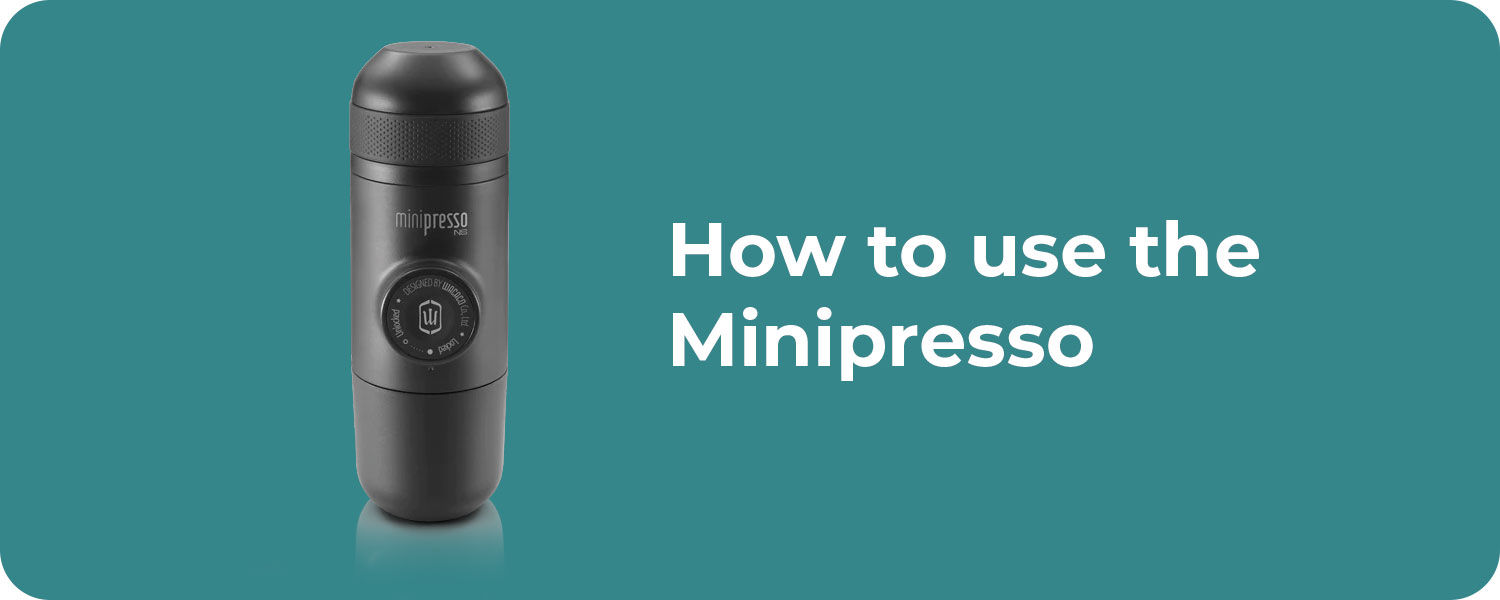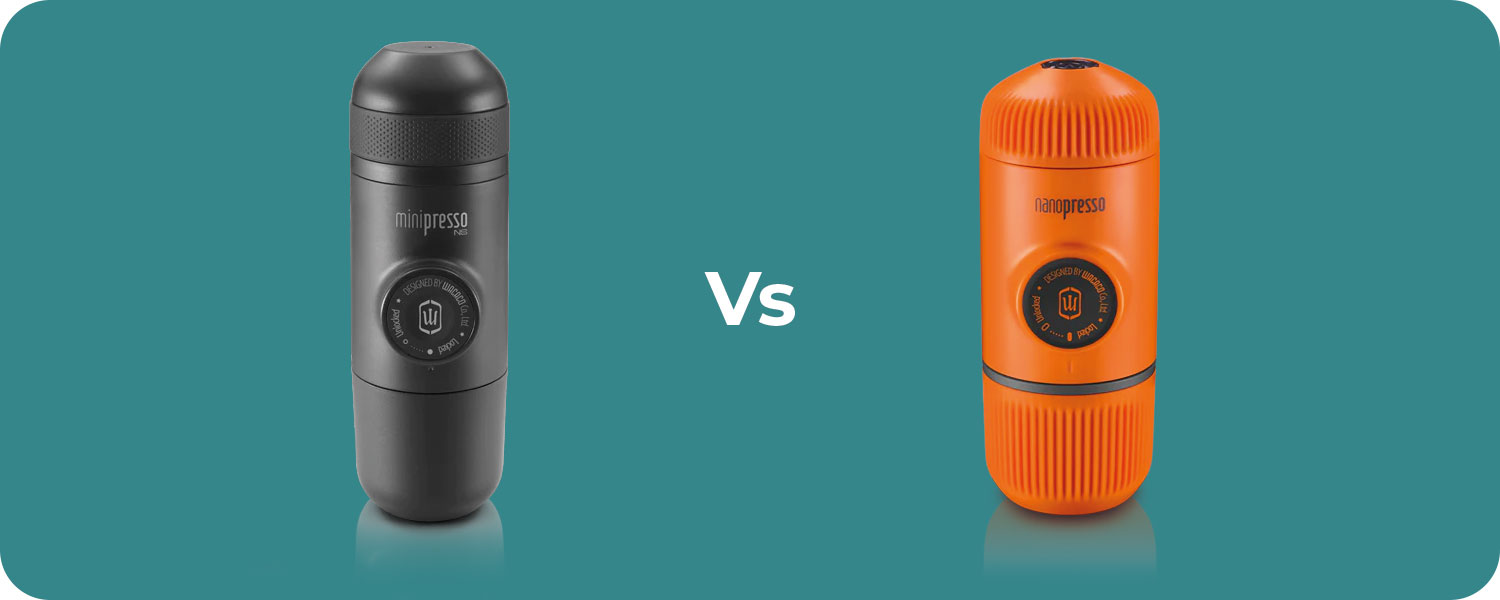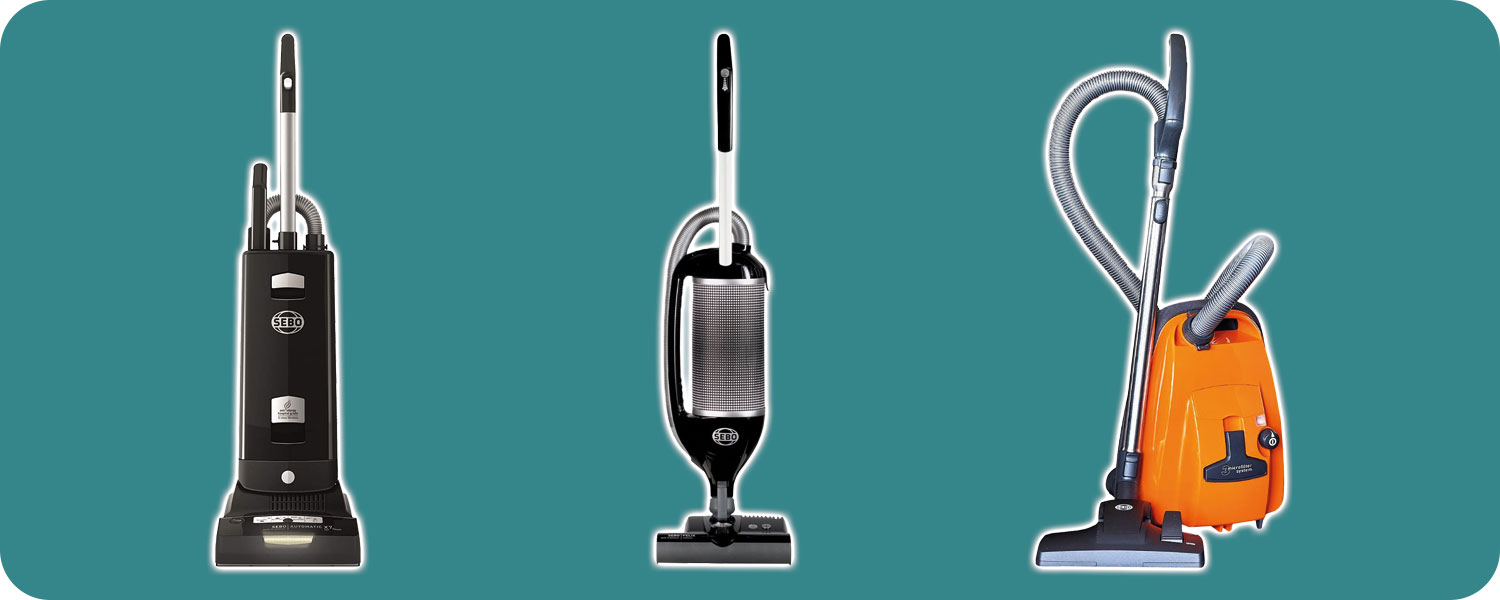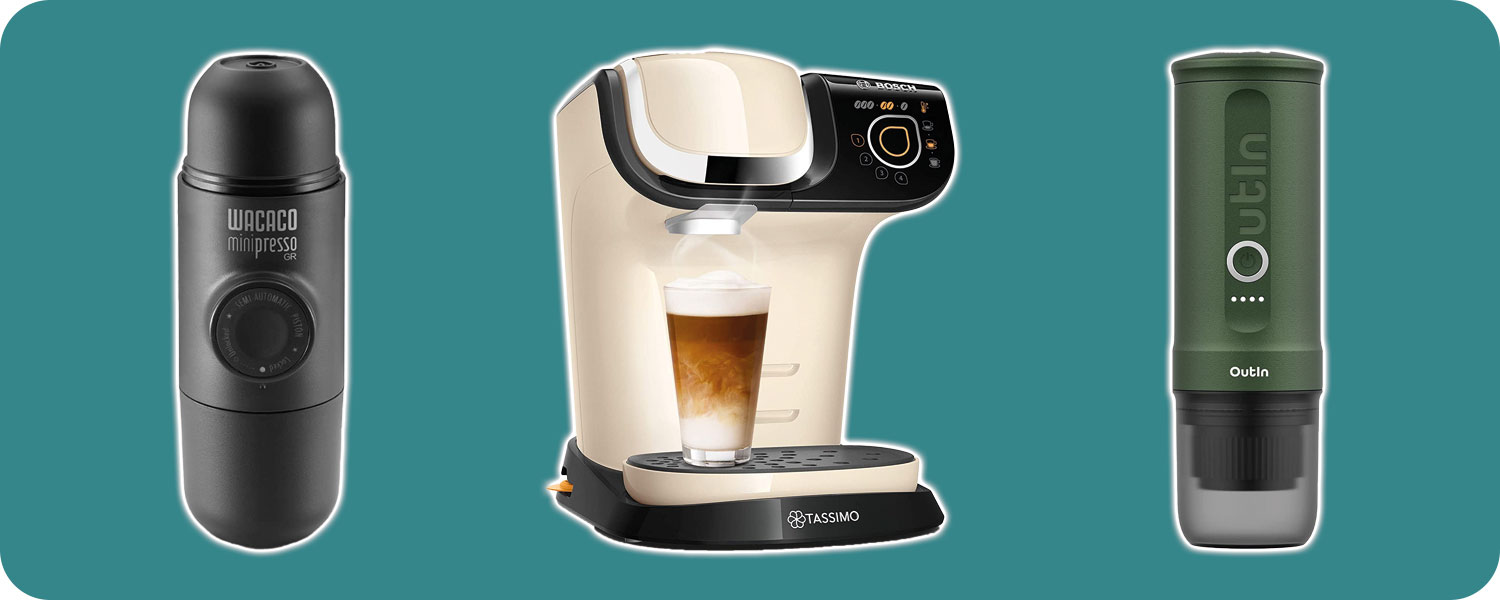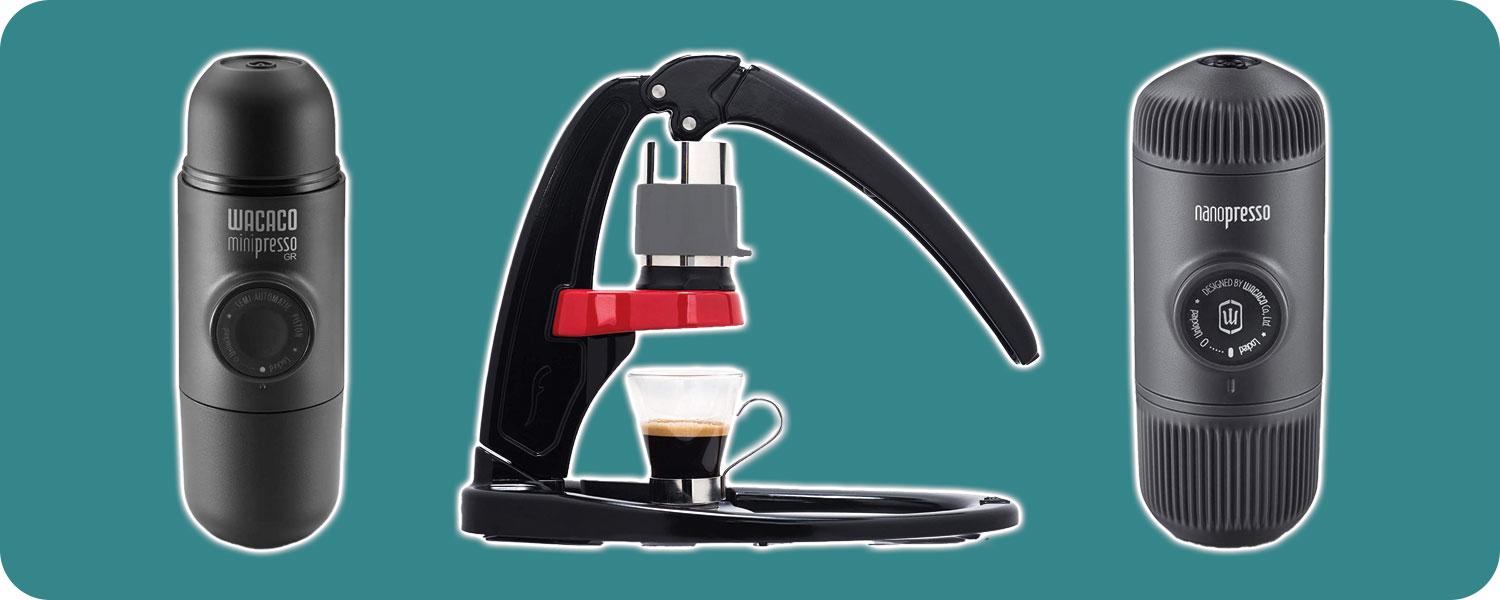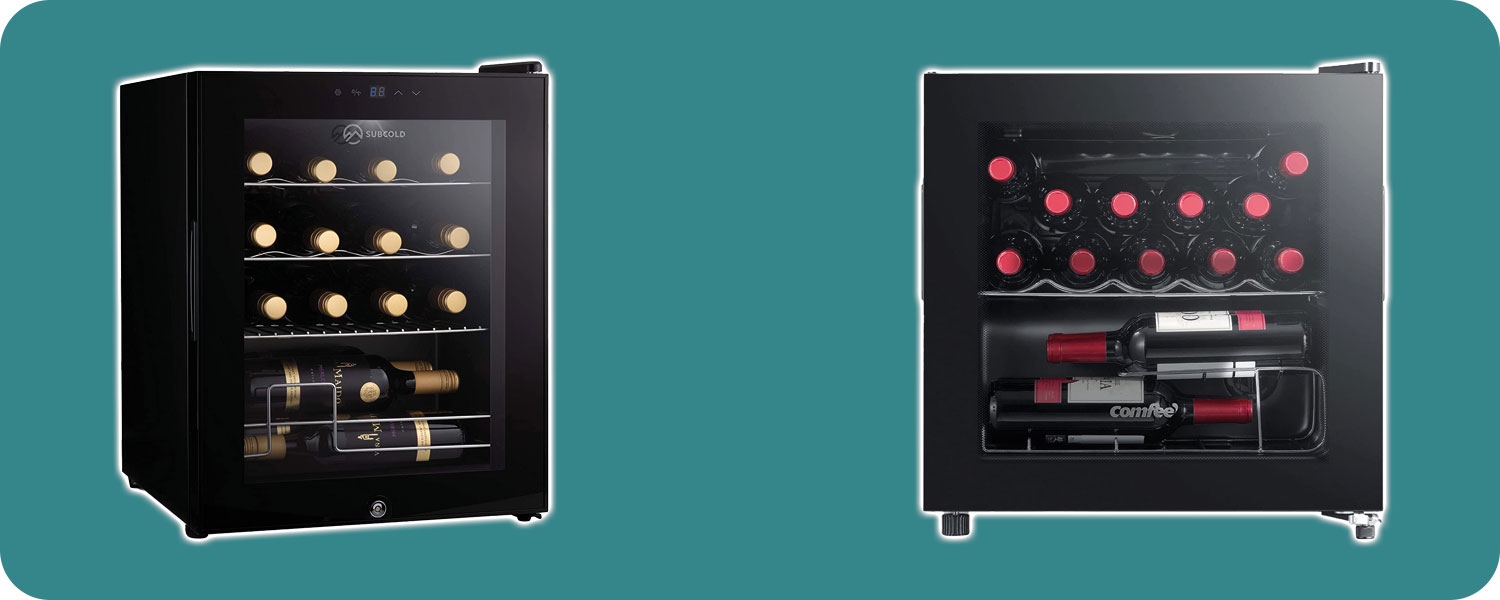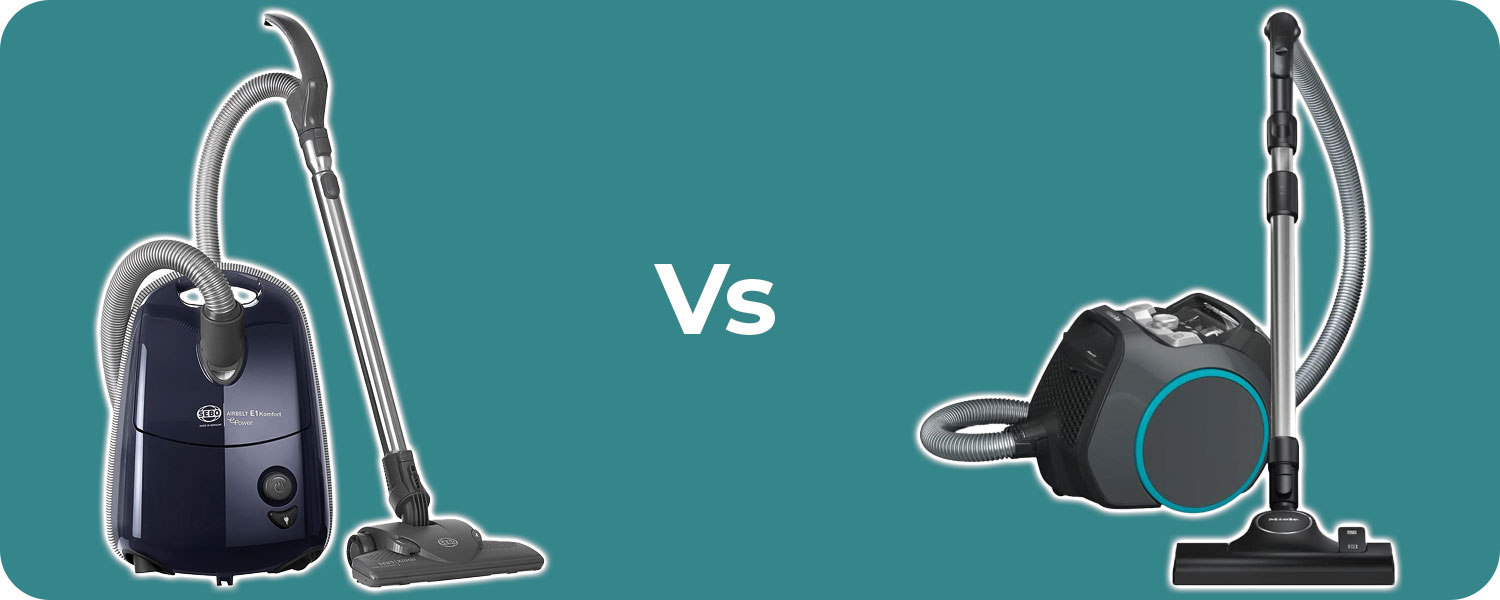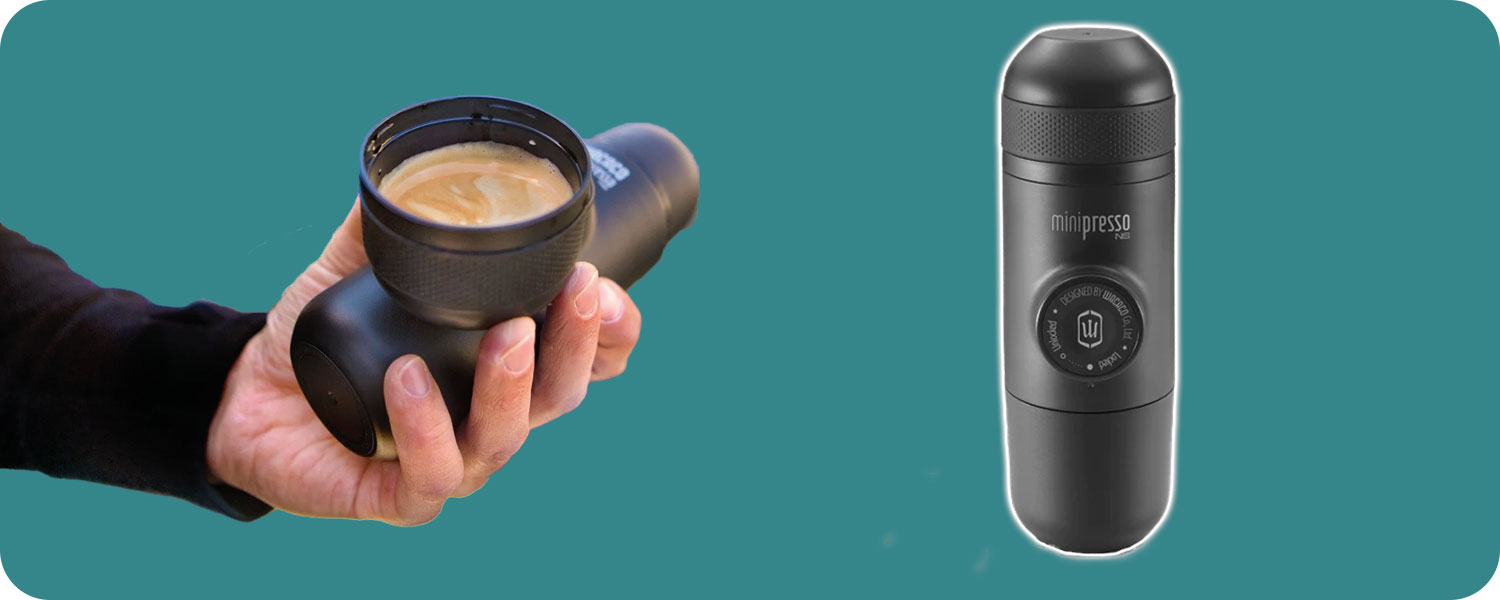When it’s time to purchase a new TV, the amount of acronyms for the types of display can make it all a little bit confusing.
It mainly depends on your preferences at the end of the day, but with this guide, you simply cannot go wrong.
What is OLED?
Organic Light-Emitting Diode, or OLED, uses an ‘organic’ source of light. Each LED pixel on an OLED TV is its own light.
As the pixels are super thin, they can produce an array of bright colours – this is coined as ‘self-emissive’ light.
Organic compounds within the TV glow when electricity flows through them, therefore, the TV doesn’t need a backlight.
This ‘glow’ is created through placing an organic film between two conductor materials and when given a current, a bright light is emitted.
OLED was invented in 2018 by American chemist, Dr. Ching Wan Tang, which was pioneered at Kodak.
They even produced variations of OLED technology, one of them being FOLED, Flexible Organic Light-Emitting Display, which will allow for a portable, roll-up display.
The usual companies who sell OLED TVs globally are Samsung and LG.
What is QLED?
QLED technology is a type of Liquid Crystal Display which uses quantum dots, an advanced colour technology.
QLED TVs have an LED backlight installed to further brighten their screens.
The QLED isn’t actually a perfect acronym for the technology, it is more of a marketing scheme.
As they are built up with quantum dots, the ‘Q’ has been used and put in front of ‘LED’.
This sounds a lot better as if it was displayed exactly how the TV is, then it would be called ‘LED-Backlit LCD TV with quantum dots’.
When exposed to light, quantum dots emit various colours as they are nanocrystals.
With these nanocrystals built in using layers/filters, QLED TVs are able to produce multiple colours.
What is UHD?
UHD stands for Ultra High definition. In simple terms UHD gives you a much better picture that is smooth and lifelike.
The resolution of UHD is mainly 4K – there is also 8K, however, there aren’t many streams that use this resolution yet, so purchasing a 8K TV isn’t necessarily worth it.
When talking about 4K UHD, it means that there are more pixels within the screen, allowing for a more detailed and clearer picture.
For instance, in Full HD, there are:
- 2 million pixels;
- 2,048 horizontal; and,
- 1,080 vertical.
In UHD TVs, there are:
- 8.3 million pixels;
- 3840 horizontal; and,
- 2160 vertical.
All in all, this means that there are 4x as many pixels, hence 4K, allowing for a sharper image as fine details can be better depicted.
What is Crystal UHD?
Crystal UHD TVs are Liquid Crystal Display LED TVs which are mainly supplied by Samsung. This type of TV is new to the scene in 2022.
They are all 4K resolution and are all supported by HDR, which allows for a better colour picture.
When it comes to purchasing Crystal UHD TVs, you have to be careful as some budget sets may not have good enough brightness to make the most out of the HDR system.
The main differences between OLED, QLED and UHD
The overall main difference between these types of TVs – OLED, QLED and UHD – is their technology and ways of producing colour pictures.
Each display technology has its pros and cons but, put simply, from best to worst in terms of display quality, it’s OLED, QLED then UHD.
OLED TV Pros and Cons
OLED uses organic material to become ‘self-emissive’, allowing it to produce a multitude of bright colours. As each pixel creates its own light, there is no need for a blacklight.
Pros:
Cons:
QLED TV Pros and Cons
QLED is a similar principle to LED/LCD TVs, however, in QLED, there is a nanocrystal filter, also known as quantum dots, which are self illuminating once the backlight has hit them.
Pros:
Cons:
UHD TV Pros and Cons
UHD uses 4K resolution which has approximately 8.3 million pixels within the screen of the TV, allowing for a smoother and more detailed viewing.
Crystal UHD is only done by Samsung, it is a UHD TV which has a processor designed to create a better quality crystal clear colour image.
Pros:
Cons:
In an overall statement, it can be said that OLED is the best of the three. Crystal UHD is the worst with QLED being the in between choice.
Which is the best display type: QLED or OLED?
As stated above, OLED is the best of these three types overall, but the displays of the QLED and OLED can seem to be pretty similar.
QLED TVs range in variation of display quality which is sometimes clearly seen by the price tag.
QLED TVs on the expensive side have better versions of the technology as some of the newer QLED TV sets have changed from using quantum dots to using mini-LED backlights, which provide brighter highlights and better viewing angle which helps them outperform older QLED and OLED TVs.
OLED TVs have better contrast and black levels.
They are self emissive, meaning each individual pixel can be turned off, making infinite amounts of contrast.
As QLED TVs use backlight, even with the best dimming, they will still let some light through.
|
Factors |
QLED TVs |
OLED TVs |
|---|---|---|
|
Light source |
Backlight |
No backlight |
|
Pricing |
High End |
High end |
|
Black levels/ Colour quality |
Deeper levels compared to LED/LCD |
Best quality |
|
Light wastage |
Moderate |
Minimal |
|
Resolution |
4K to 8K |
4K to 8K |
FAQs
Can OLED Be Repaired?
Whether an OLED TV can be fixed depends on what damage has happened to the TV. OLED screen burn, annoyingly, is very difficult to fix.
How much does an OLED TV cost to repair?
OLED TV repairs range in price from around £75 to £375 – they are a little bit more expensive compared to standard LED TVs.
Can QLED Be Repaired?
QLED TVs can be repaired, it’s just that in most cases, it is best to get a professional to fix the TV as they will be experienced and know exactly what to do and hopefully not cause any further damage.
How much does a QLED TV cost to repair?
The exact price of the repair job depends on what damage has been caused – the average cost of a QLED TV repair ranges from £140 to £270.
Can OLED burn in?
OLED TVs over the years have been prone to burn-in but, through continual improvements, the likelihood of burn-in occuring in an OLED TV has reduced.
Can QLED burn in?
QLED TVs have been created and designed with durability in mind and are both resistant to burn-in and moisture. Some QLED TVs have been certified burn-in free.


